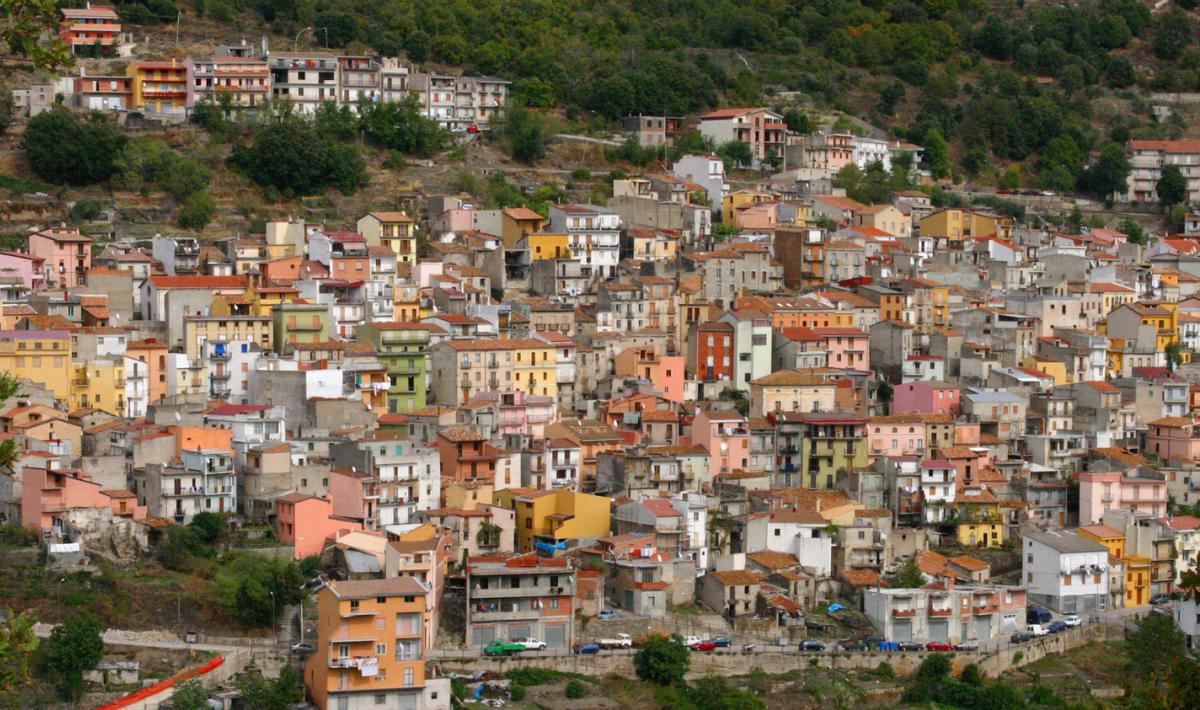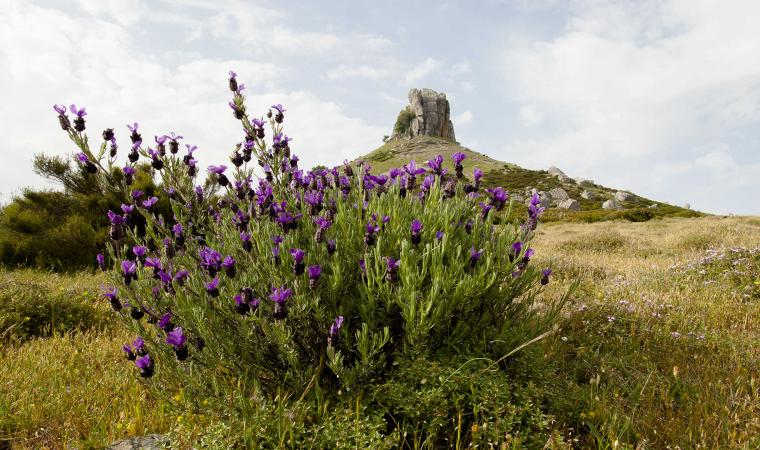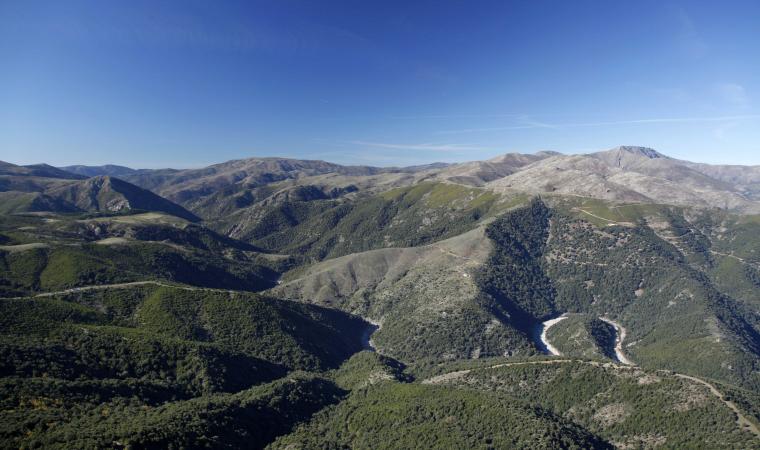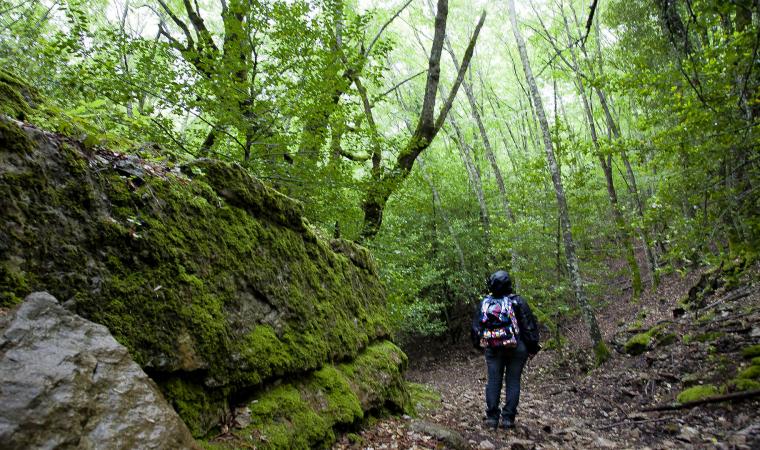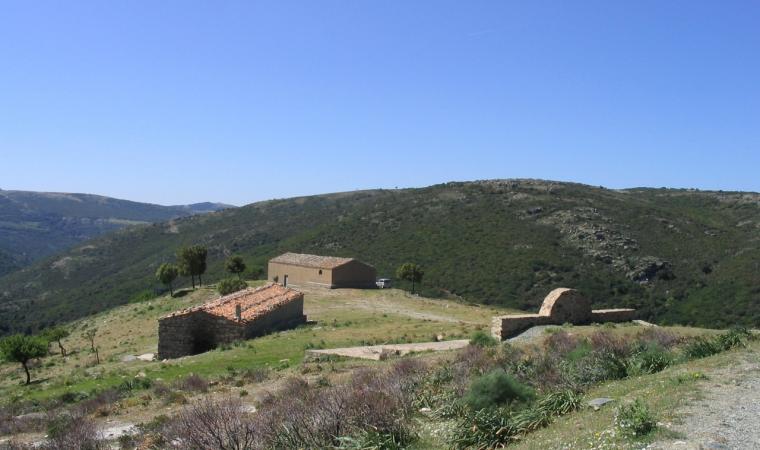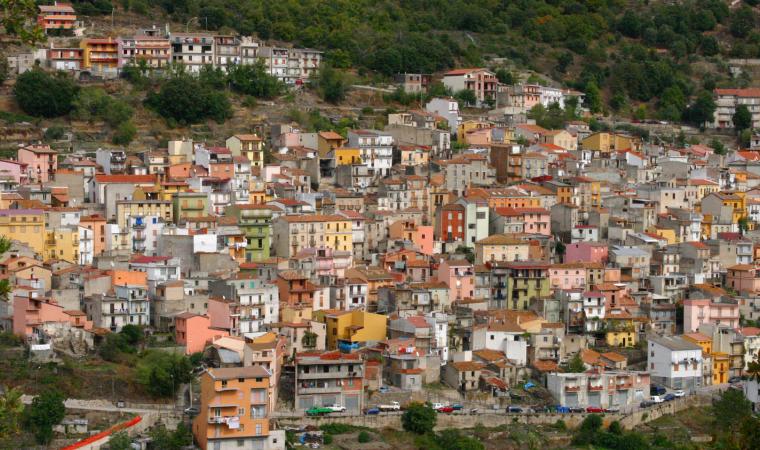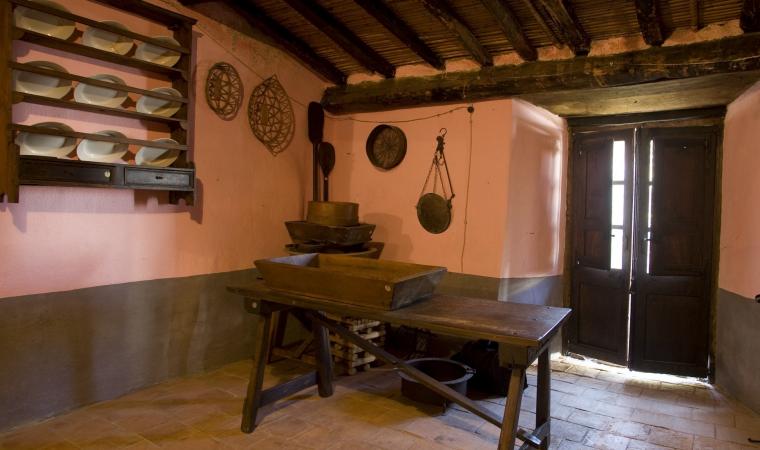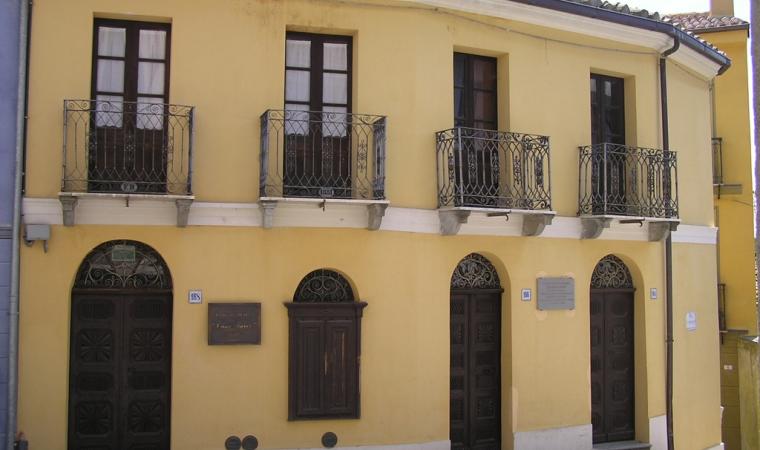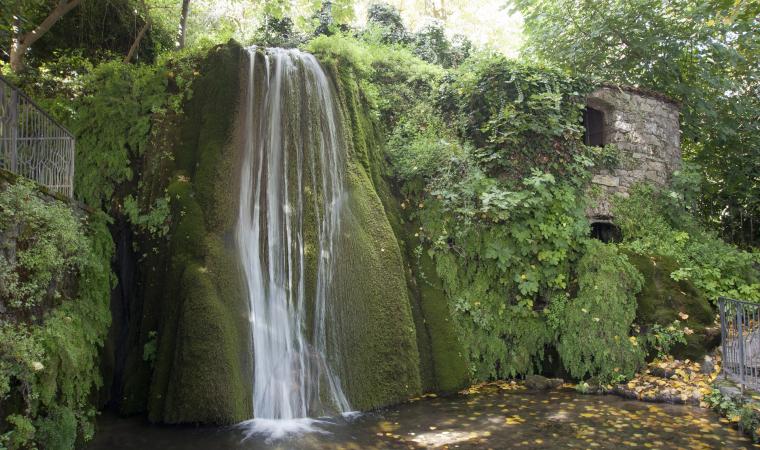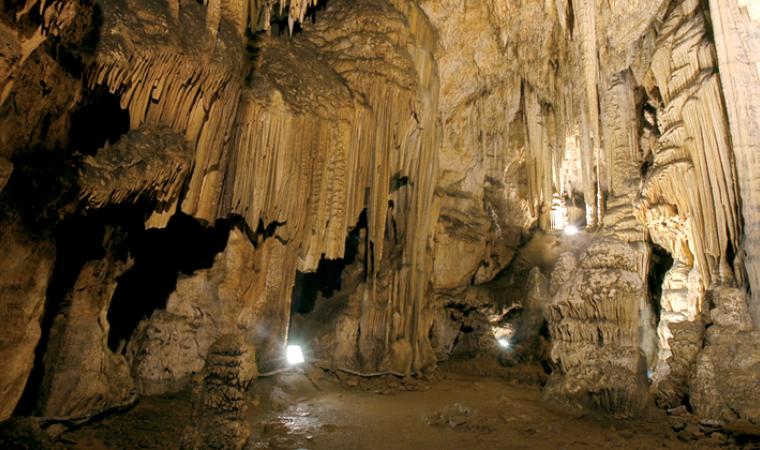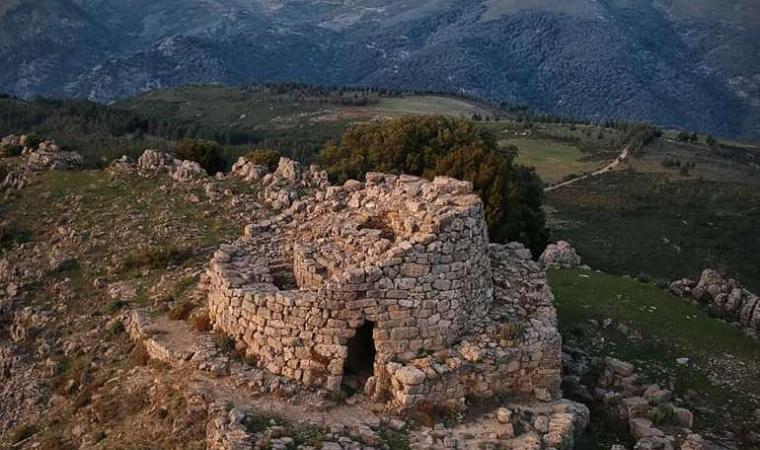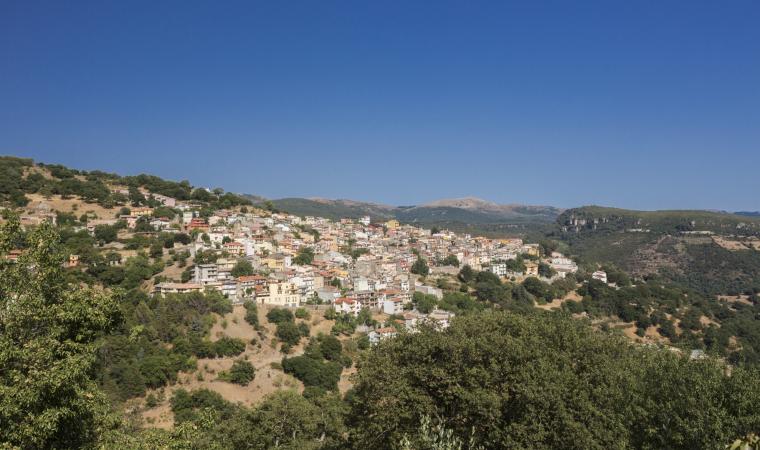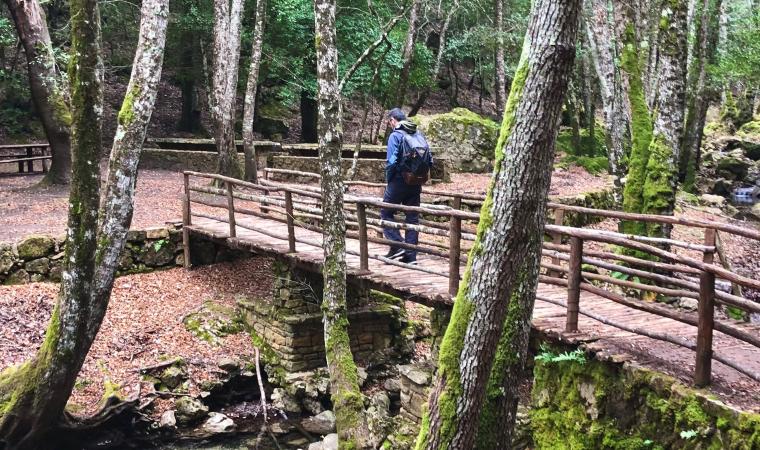A charming medieval village located at an altitude of 800 metres on the southern slopes of the Gennargentu massif. Around Seui, a village with one thousand 300 inhabitants, you can admire a varied landscape of colours that change according to the season. An enchanted world to travel through along trekking trails or on board the Trenino Verde tourist railway. The setting is made even more precious by the Montarbu forest: 2800 hectares between vertical rock faces and valleys furrowed by streams and waterfalls, like Serra Middai. It is a wildlife oasis, inhabited by the golden eagle, the deer, the fallow deer and the mouflon. During the climb up to Punta Margiani Pubusa (1325 metres), you can admire the sinkhole of Su Stampu and you will reach the monument of Perda Liana. Holm oaks cover half of the 15 thousand hectares of Seui territory, where there is an abundance of downy oaks, cork oaks and conifers on the peaks. An unusual feature is the forest of European hop-hornbeam and yew of Mount Tonneri. Chestnut trees, which take on a warm colour in the autumn, frame the village. There is prehistoric evidence set between cliffs and forests: the Nuraghe Ardasai stands out at an altitude of one thousand metres, with its central tower surrounded by walls, against which there are other towers. Around it, there are the remains of huts.
Seui is a 'village-museum', starting from the Palazzina Liberty (Art Nouveau building), a stately building that became an exhibition of art and popular traditions and reminders of mining activities are also kept here: the disused complex of Fundu e' Corongiu exploited the only deposits of anthracite on the Island and was active for over a century (1850-1960). The itinerary winds amidst the houses made from schist rock with arches, wrought iron balconies and tiled roofs that follow the direction of the little alleys as they twist their way through the village centre. From the building-museum you will pass by the Spanish jail, which was active from the middle of the 17th century until 1975: lodgings for the guards, a kitchen and three cells were the tools of justice (and of torture) for three centuries. Travelling along Via Roma, you will reach the Farci house-museum, where the writer and politician Filiberto Farci lived and who was a friend of Emilio Lussu and co-founder of the Sardinian Action Party. The last stop is at the civic gallery, inside S'Omu Comunali, the impressive civic building dating back to the end of the 19th century, full of works of art, among which valuable paintings by artists of the Caravaggio school. Little lanes and stone houses gravitate around the parish church of Santa Maria Maddalena, in which there is a marble baptismal font with friezes (1644) and an 'unusual' multi-coloured wooden statue of the saint. Inside the eighteenth-century church of San Giovanni Battista, there is the float on which the Madonna del Carmelo (Our Lady of Carmel) is transported in a procession during the most heartfelt festivity, at the end of July. At the end of June, in honour of the saint, there is Su Cardamponi (community lunch). Su Prugadoriu, the 'Sardinian Halloween' is famous, during the commemoration of the deceased. During the festivities you will be able to enjoy agricultural and pastoral traditional delicacies: culurgionis, civargèddus, chickpeas, lardo (a cold cut) and potatoes, pecora in capotto (a sheep meat speciality), còrda and peas, roast meats and cheeses.

